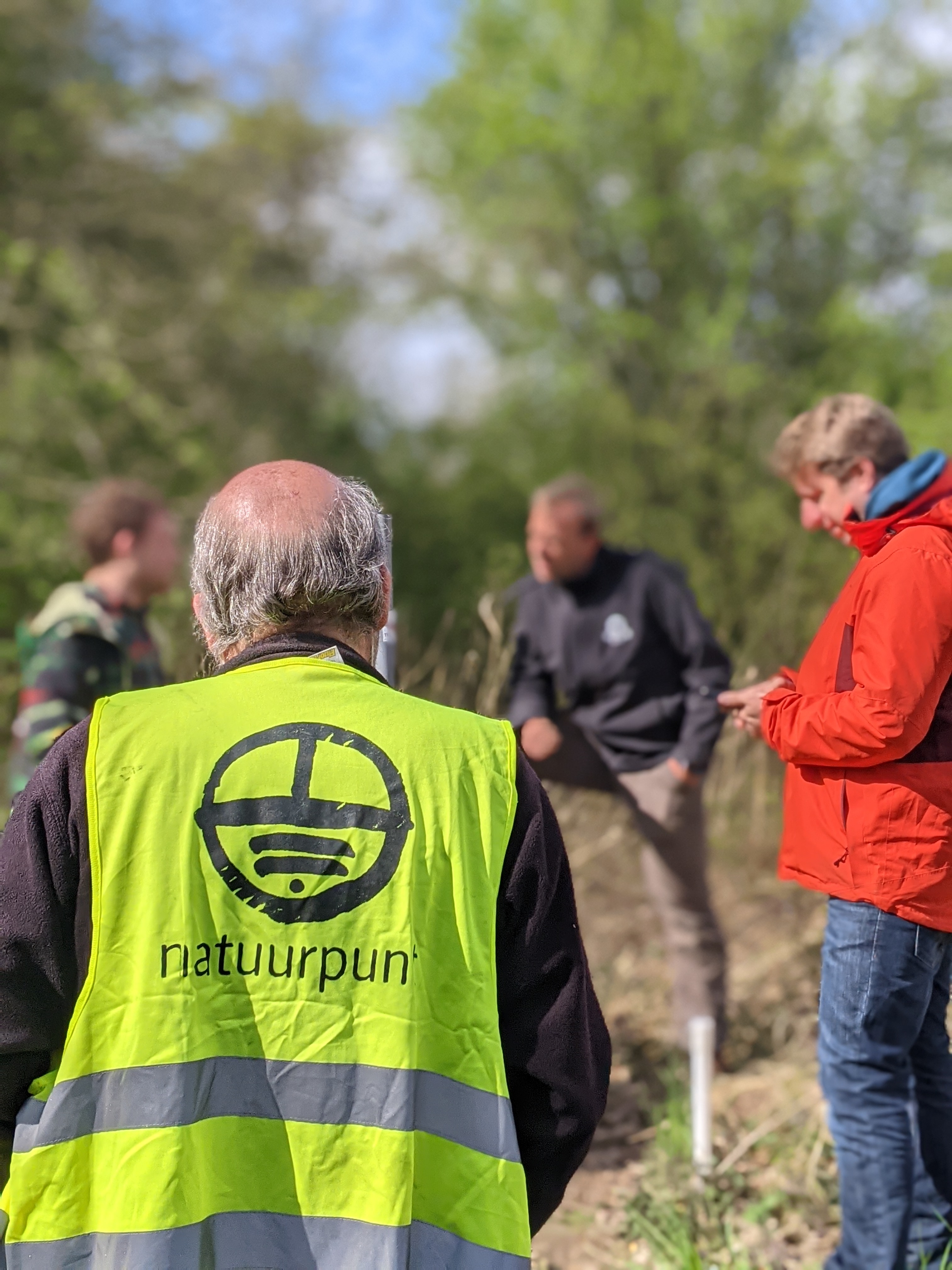This year, one of our innovation tracks is completely devoted to the Internet of Things, better known as IoT. In these tracks, we give our coworkers the opportunity to discover and test a certain new or existing technology. With the possibility in mind to add it to our stack, our developers try to get to know this technology as well as possible, test it out, if possible, even with a real case. That is what our colleagues Fré Leys, Jeroen Trappers, and Nicola Verbeeck did with IoT, they got the chance to test a project and let it loose in the wild, literally.
First things first, what is IoT?
“IoT describes the network of physical objects—a.k.a. "things"—that are embedded with sensors, software, and other technologies for the purpose of connecting and exchanging data with other devices and systems over the Internet.” So the definition of Internet of Things goes. But in our case, we rather talk about remote sensing, one of the basic enabling technologies of IoT. With remote sensing, we can measure something and send these measurements, mostly wireless, to the cloud. In the cloud, these measurements can be viewed and analyzed via an application or website. What’s been measured, depends on your wishes and the application.
Why we chose IoT as an innovation track
Normally, we have an innovation board at the office where all of our coworkers can put their ideas on. Since we don’t get that often to the office nowadays, ideas have to be discussed remotely. Fré, one of our coworkers who’s passionate about IoT, came up with the idea to figure out this technology. So we decided to set up an innovation track, dedicated to IoT. “With Internet of Things the main difficulty lies within writing the correct software. And since icapps has a wide range of experience in writing software, in my opinion, IoT was a track not to be neglected,” so Fré says. “Although the hardware part is a completely new scene for icapps. That is why we decided to try and create the hardware for our first POC ourselves. Due to new technological innovations such as 3D printers, electronics platforms such as Adruino, … it’s relatively easy to create electronic products.” Fré continues. By integrating both hardware and software development, icapps can really create extra value within this field of expertise.
Let's have a look at our first dive into IoT
(Pun intended, we really took a “dive” this weekend.)
Turned out that one of our colleagues has a close connection to Natuurpunt and that is where our first idea for IoT, or better, remote sensing sprung. At the moment Natuurpunt still has to measure the groundwater level manually in most of their nature preserves. That requires a lot of man-hours to service all the different measuring points. So, almost three months ago, we came up with a plan to make use of remote sensing for these measurements. And this weekend, we were finally able to put “our things” to the test!

Installing Remote Sensing to measure groundwater levels
Our colleagues Fré and Nicola created a system that can measure the groundwater level via the use of a laser distance meter. This system has to be placed in the existing tubes and will automatically send the measurements to the application that Natuurpunt gets to use. After creating and thoroughly testing this new prototype, this weekend, the moment of truth arrived. Sunday morning we took a little trip to one of Natuurpunt's Nature preserves near our office in Antwerp and placed the prototype into the measurement tubes. We’ll let them sit there for a month to evaluate if our solution is trustworthy and accurate on a long-term basis. Other than that, we hope to help Natuurpunt in the future with a system that can enhance and ease their manual work. Did you know that they measure the groundwater level in over 1150 different places in Flanders only? You can only imagine how much work and effort that is.

On to the next Remoting Sensing project
Besides this first project, we are looking for other opportunities with the use of remote sensing. The possibilities are endless, it’s just a matter of finding the right applications and partners to test with.

